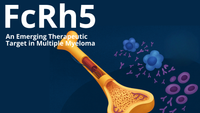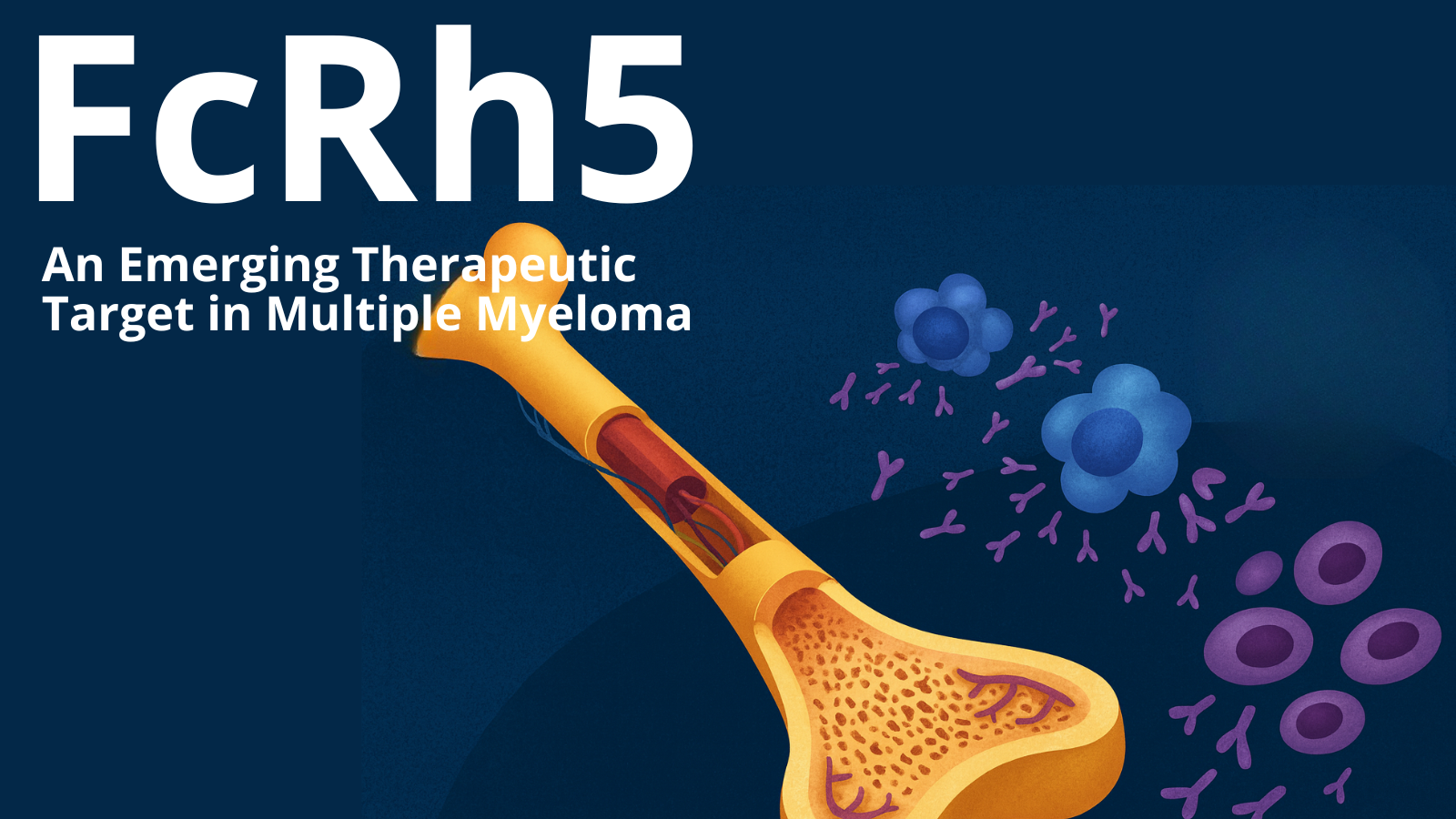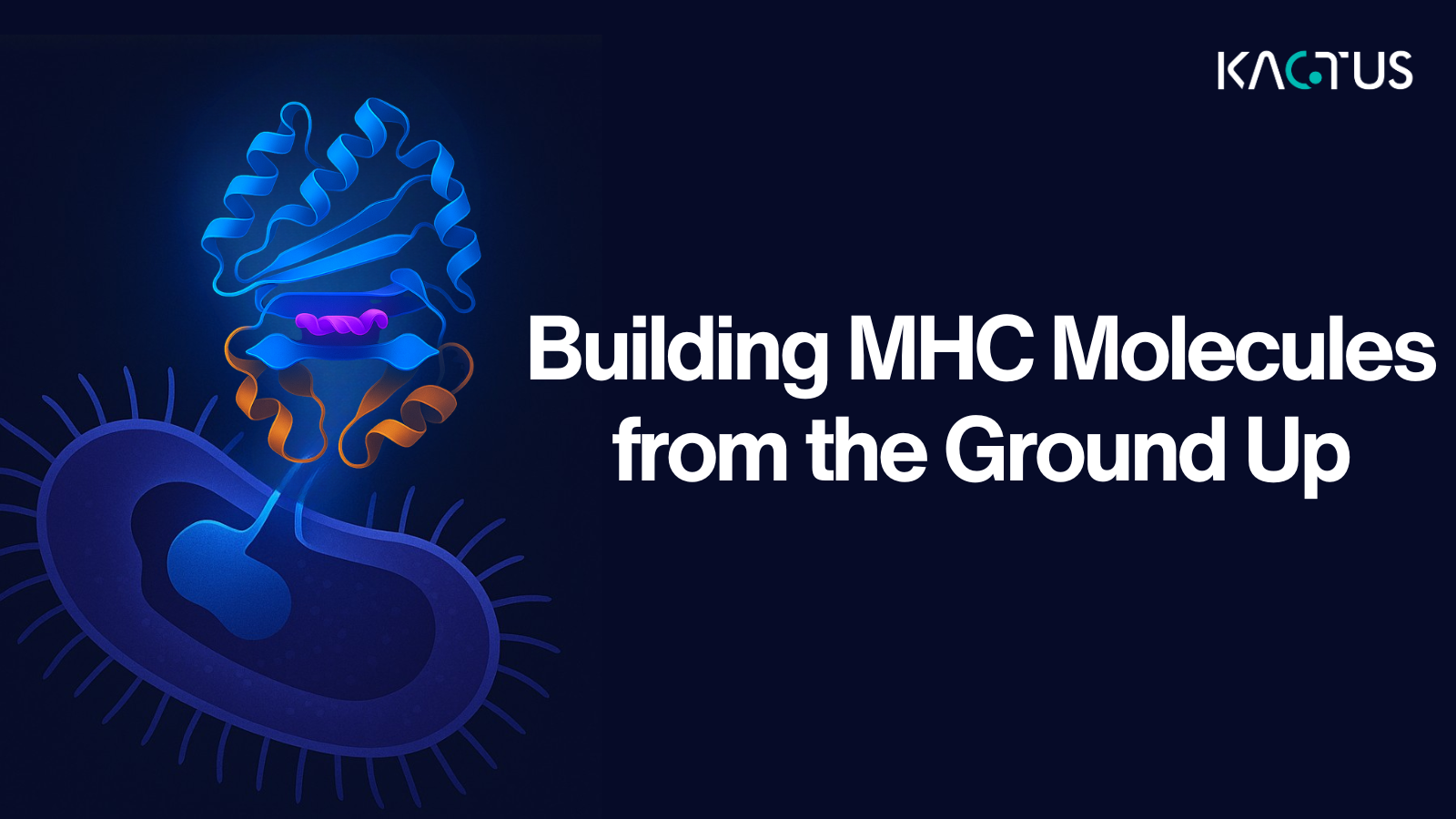Unveiling Human CD163: A Key Player in Anti-Inflammatory Response
By Mallory Griffin
CD163: An Overview
The hemoglobin (Hb) scavenger receptor CD163, is a macrophage-specific protein involved in the clearance and endocytosis of hemoglobin and haptoglobin. Upregulated expression of this receptor is one of the major changes in the macrophage switch to alternative activated phenotypes in inflammation. Accordingly, a high CD163 expression in macrophages is a characteristic of tissues responding to inflammation.
The Function of CD163
CD163 protein in the bloodstream identifies and binds to complexes formed between hemoglobin (the molecule that carries oxygen in the blood) and haptoglobin (a protein that binds free hemoglobin). This binding is crucial because free hemoglobin can be toxic due to its ability to promote oxidative stress and inflammation. By clearing these complexes, CD163 not only prevents potential damage but also modulates the inflammatory response of the body.
Interestingly, the expression of CD163 is upregulated in response to anti-inflammatory signals, such as certain cytokines like interleukin-10 (IL-10) and glucocorticoids. This upregulation is a protective, homeostatic response aimed at enhancing the clearance of hemoglobin and reducing inflammation during states of tissue damage or infection.
Clinical Significance of CD163
The significance of CD163 extends into several clinical scenarios, illustrating its potential as a biomarker and therapeutic target:
-
Inflammation and Infection: Elevated levels of soluble CD163 (sCD163), which is a form of the protein that circulates in the blood after being shed from the cell surface, are observed in a variety of inflammatory diseases, such as sepsis and arthritis. This increase is thought to reflect a heightened state of macrophage activation and an ongoing inflammatory response.
-
Hemolytic Diseases: In conditions where excessive breakdown of red blood cells occurs, such as hemolytic anemia, CD163 activity is crucial. The protein helps to manage the excess hemoglobin released during hemolysis, mitigating potential oxidative harm.
-
Cancer: Research has shown that certain cancers can manipulate CD163 expression to evade immune surveillance. For instance, tumors may induce the expression of CD163 on macrophages to create a more immunosuppressive environment conducive to tumor growth.
-
Metabolic Syndrome: There is emerging evidence linking high levels of sCD163 to metabolic syndrome, a cluster of conditions that increase the risk of heart disease, stroke, and diabetes. This association suggests that macrophage activation plays a role in the pathophysiology of metabolic disturbances.
Therapeutic Potential
Given its involvement in these diverse pathological conditions, CD163 is an attractive target for therapeutic intervention. Researchers are exploring ways to modulate its activity to treat diseases characterized by excessive inflammation or immune dysregulation, often leveraging high-quality recombinant proteins for drug discovery in preclinical research. Inhibiting CD163 activity could potentially lessen the immune suppression seen in cancer, while enhancing its function might prove beneficial in managing inflammatory and hemolytic diseases.
Conclusion
Human CD163 is more than just a waste collector; it's a critical regulator of the body's immune response. By understanding its pathways and mechanisms, researchers continue to uncover its broad implications in health and disease, paving the way for novel therapeutic strategies. As science advances, the role of CD163 in clinical applications will likely expand, offering new hope for treatments tailored to the underlying mechanisms of disease.
Products
KACTUS has developed a recombinant human CD163 protein expressed from the mammalian expression system, Expi293 with His tag and Avi tag at the C-terminal.
| Human CD163 Protein |
| Biotinylated Human CD163 Protein |
| Mouse CD163 Protein |













